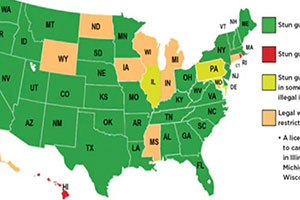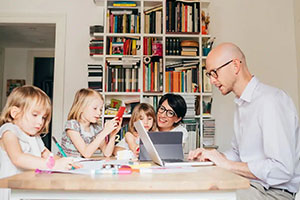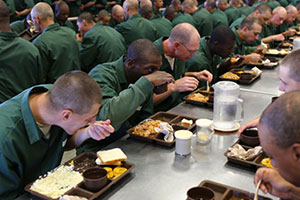Why Was Nelson Mandela in Jail?
Q&A | by
Nelson Mandela, the renowned South African anti-apartheid revolutionary, political leader, and philanthropist, spent 27 years in prison, a significant part of his life that drew international attention to the struggle against apartheid in South Africa. His imprisonment became a central point of global campaigns advocating for his release and the end of apartheid.
Background
Apartheid in South Africa
Apartheid was a system of institutionalized racial segregation and discrimination in South Africa that lasted from 1948 until the early 1990s. The National Party government enforced apartheid, under which the rights of the majority black inhabitants of South Africa were curtailed and white supremacy and Afrikaner minority rule were maintained.
Mandela’s Role in the Anti-Apartheid Movement
Nelson Mandela was a leading member of the African National Congress (ANC), a political party that opposed apartheid. He co-founded the ANC’s armed wing, Umkhonto we Sizwe (Spear of the Nation), in 1961, arguing that the ANC had no alternative but to turn to armed struggle after the Sharpeville Massacre and the subsequent banning of the ANC.
The Rivonia Trial
Mandela’s arrest and subsequent imprisonment were a direct result of his involvement in the anti-apartheid struggle. In 1962, he was arrested for inciting workers’ strikes and leaving the country without permission. In 1963, while already in prison, he was charged with sabotage in the famous Rivonia Trial, named after a suburb of Johannesburg where ANC leaders were arrested.
During the trial, Mandela and several co-accused faced the death penalty. Mandela’s speech from the dock, in which he famously stated that he was prepared to die for a democratic and free society, became a touchstone for the anti-apartheid movement.
Conviction and Imprisonment
On June 12, 1964, Mandela, along with seven others, was sentenced to life imprisonment. He was incarcerated on Robben Island for 18 of his 27 years in prison. During this time, his reputation as a potent symbol of resistance to apartheid grew steadily. International pressure mounted on the South African government to release him.
Release and Aftermath
Mandela was finally released from prison on February 11, 1990, following the unbanning of the ANC and other anti-apartheid organizations. His release marked the beginning of the end for apartheid, and Mandela went on to play a pivotal role in the transition to majority rule.
In 1994, Nelson Mandela became South Africa’s first black president, serving a single term until 1999. His leadership during the negotiation process and his presidency are credited with helping South Africa transition from an apartheid state to a relatively peaceful and democratic country.
Nelson Mandela’s imprisonment was a consequence of his dedicated fight against the oppressive apartheid regime. His incarceration became a symbol of the struggle for racial equality in South Africa and inspired people around the world to campaign for his release and the end of apartheid.
References
- Nelson Mandela Foundation. (n.d.). The Life and Times of Nelson Mandela. Retrieved from https://www.nelsonmandela.org/content/page/biography
- History.com Editors. (2018). Nelson Mandela. Retrieved from https://www.history.com/topics/africa/nelson-mandela









